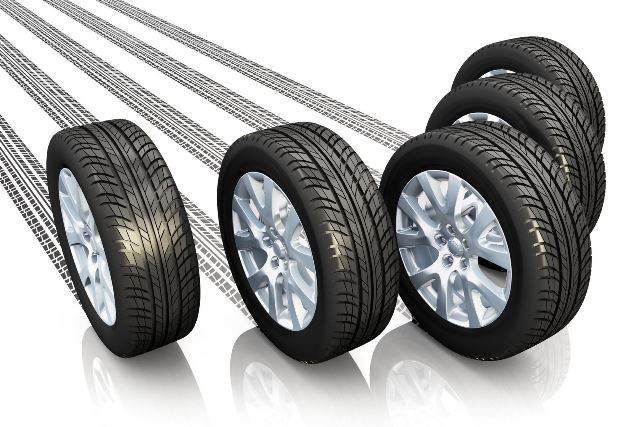 The truth is, tyres are one of the most important features of a vehicle. However, despite this, many motorists fail to look after them properly. Overlooking the condition of your tyres can have serious consequences, including compromising the performance of the car itself and putting the wellbeing of you and others at risk. So, to ensure that your tyres are in tiptop condition, here are three safety tips you should know…
The truth is, tyres are one of the most important features of a vehicle. However, despite this, many motorists fail to look after them properly. Overlooking the condition of your tyres can have serious consequences, including compromising the performance of the car itself and putting the wellbeing of you and others at risk. So, to ensure that your tyres are in tiptop condition, here are three safety tips you should know…
- Tread depth
So that each tyre on your car is able to grip the road properly, a sufficient amount of tread depth is crucial. UK law states that each tyre on a vehicle must have a minimum tread depth of 1.6mm. If it’s found that one or more of your tyres is below the legal limit, you could be fined and receive three points on your licence per tyre, so it’s definitely worth knowing how to carry out this simple check.
Measuring the tread depth of your tyres is easy. You can use a tread depth gauge – this is a special device that is designed to provide an accurate measurement of the depth of a tyre’s groove.
Alternatively, you could use the ‘20p test’. Slot a 20p coin into the groove of a tyre and see if the outer section of the coin is still visible. If it isn’t, the tyre is above the limit, but if you can see this part of the coin, there’s a good chance the tyre is below the 1.6mm limit and needs replacing.
If you find that you need a new tyre, you can arrange to have one fitted by a specialist such as TyrePlus.
- Pressure
Over or under-inflated tyres can be dangerous. If the pressure levels in one or more tyres isn’t quite right, you might struggle to control the vehicle properly – especially when you’re travelling at high speeds. So, to ensure you’re safe while you’re behind the wheel, it’s important that you know how to measure the pressure of each tyre on your car.
Firstly, you’ll need to discover the correct pressure for your tyres. You should be able to find this in your car manual or on a sticker on the inside of the driver’s door. This number refers to pounds per square inch (PSI).
Once you know the PSI for your vehicle, you can use a digital pressure gauge to measure each tyre. This device will tell you if you need to inflate or deflate any of your tyres.
- Signs of damage
It’s important that you do visual checks of your tyres too, looking out for any signs of damage or unusual wear and tear. You should keep an eye out for bulges, cuts, cracks and any foreign objects. If you notice anything like this, it’s crucial that you get it looked at by a professional. While you may be able to get it repaired, in some cases a whole new tyre might be needed.
For more useful tyre maintenance tips and tricks, check out the ‘Get To Grips With Your Tyres’ eBook from TyrePlus.








